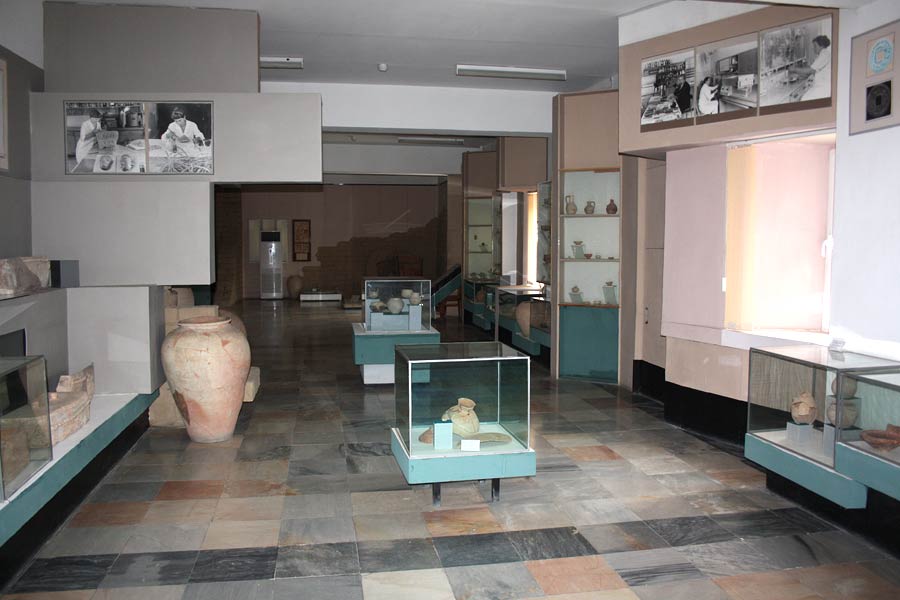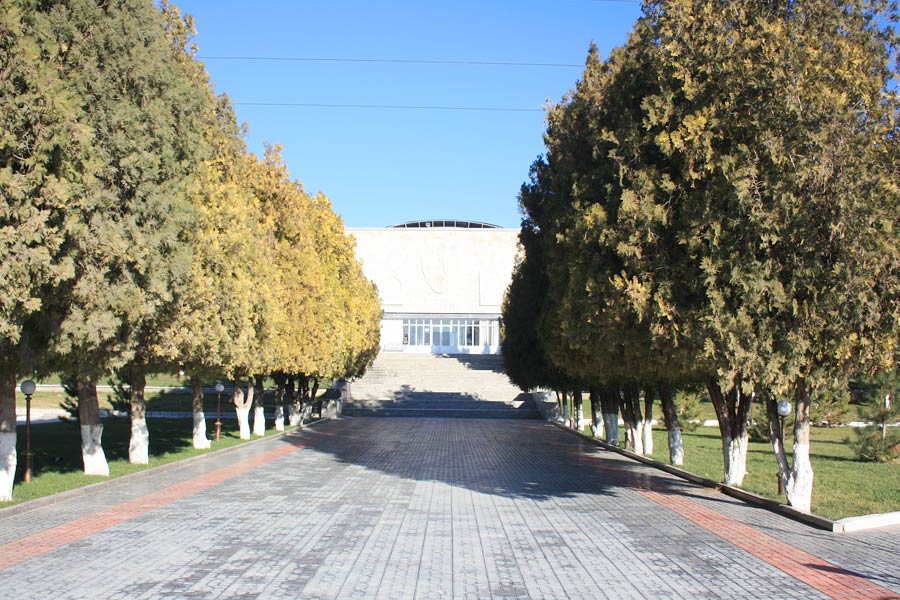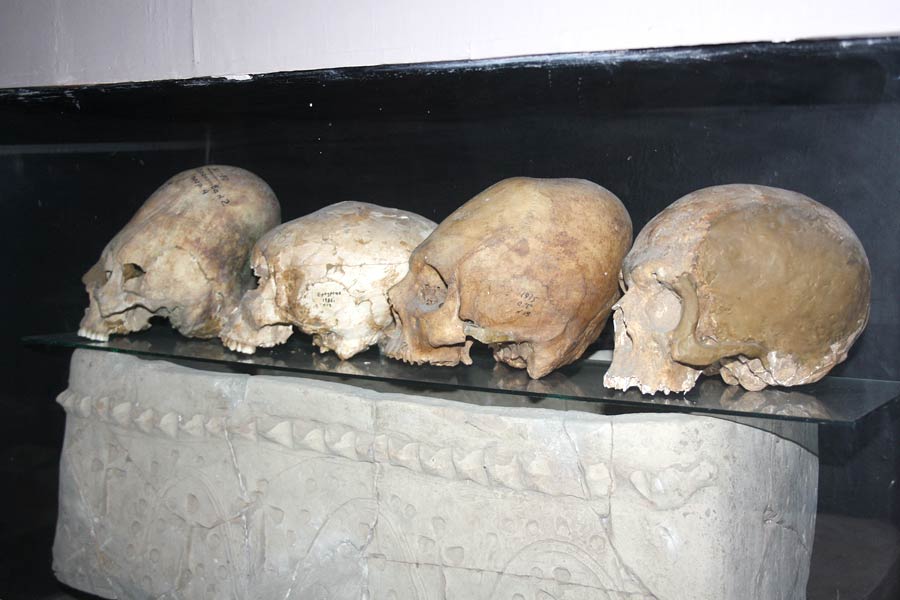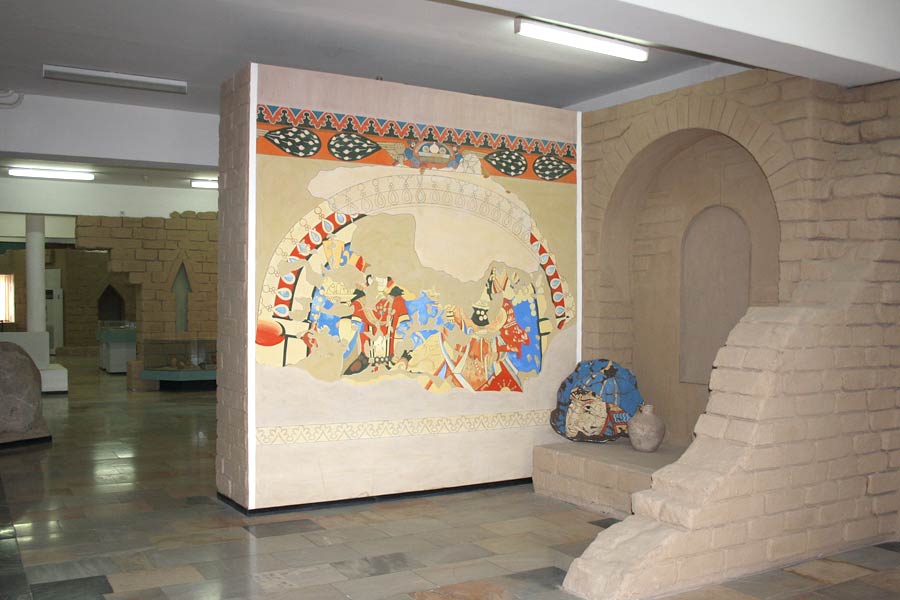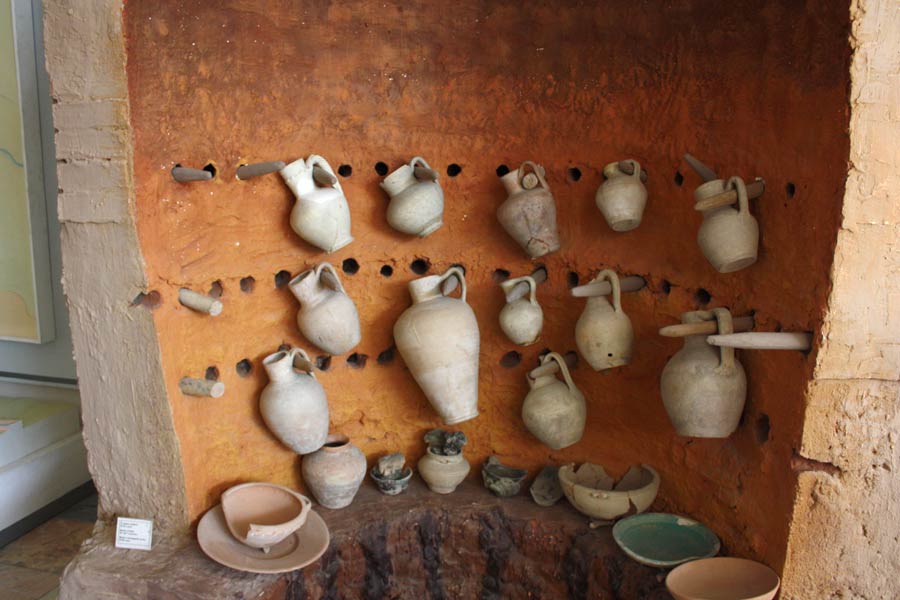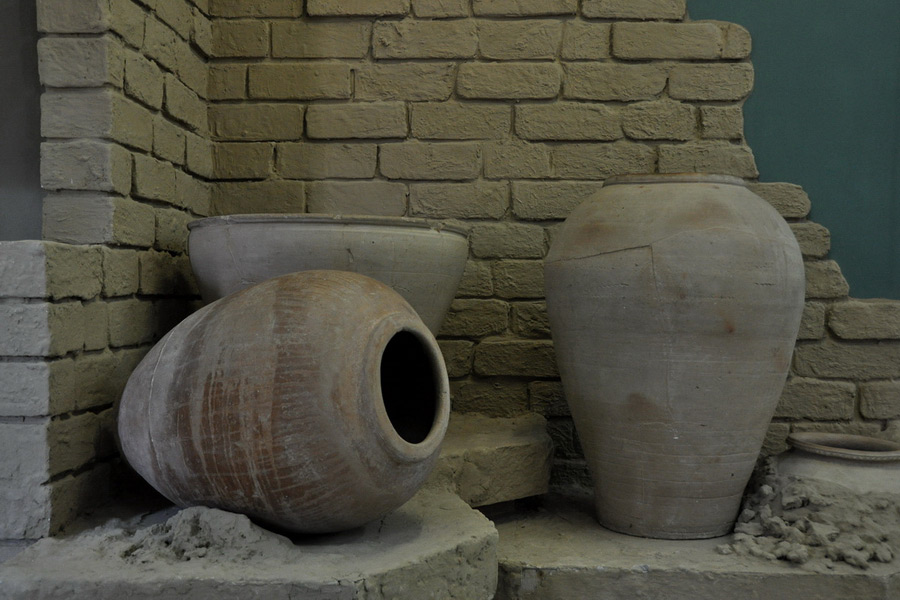Samarkand History Museum
The history of Samarkand dates back many millennia, and this has been reflected in its architectural appearance, which includes a large number of magnificent monuments of ancient architecture. Samarkand can rightfully be considered a huge museum, open to the public. Most of the city's religious buildings were built during the reign of the great Tamerlane.
But in this area there are also earlier buildings belonging to an ancient civilization, the traces of which are located in the rather famous settlement of Afrasiab, spread over an area of more than 200 hectares in the northern environs of Samarkand. The historical monuments preserved in this mysterious place date back to the sixth century BC, and in order to plunge into those years yourself, experience the originality of the culture of that time and try to unravel the intricate history of Samarkand, composed of complex lace patterns of oriental carpet, it is certainly necessary to visit the famous museum of the ancient city of Afrasiab.
The Afrasiab Museum acquired its current shape in the seventies of the twentieth century. An architect from Armenia, Bagdasar Arzumanyan, who took part in the excavations of the ancient settlement, created a project, according to which the structure was erected, which contained numerous artifacts found at the archaeological site. The opening of the museum was timed to coincide with the anniversary of the founding of Samarkand – 2500 years.
Like numerous historical museums around the world, Afrasiab's expositions tell about the distinctive culture and daily life of the ancient city's population, which became possible after conducting archaeological research on the territory of the ancient settlement. Thanks to the diligent, diligent work of archaeologists, it was possible to recreate both the external appearance of the settlement and its inner spirit to the smallest detail.
Excavations have shown that ancient Samarkand was an impregnable fortress, protected by a massive fortification wall, which was the first defensive line. The city was hidden behind a powerful barrier, divided into blocks by numerous streets, inside of which the Shakhristan Kremlin was hiding.
Afrasiab Museum Exposition
Numerous fragments of cold weapons are placed on the equipped grounds of the museum, with the help of which the inhabitants of the city defended the walls of the city from the invaders. Jewelry that belonged to equally amazing women dazzle with their beauty. Beautifully preserved household utensils made of clay attract with their powerful energy. But perhaps one of the main treasures of the exhibition are fragmentary parts of frescoes that once decorated the walls of the Samarkand palace, which belonged to representatives of the ancient family of the Ikhshids, who ruled these lands at the intersection of the seventh and eighth centuries.
The scientists were greatly surprised by the images found during the excavation of the ruins of the building and preserved in perfect condition on the wall, telling about the life of the royal personages. For example, the wedding ceremony that arrived at the Varhuman Palace is outlined on the southern wall of the building. This magnificent and colorful procession is led by the bride, who sits on a majestic white elephant. Chaganian's daughter, on her way to the groom, is surrounded by a court retinue riding thoroughbred horses and tireless camels.
A masterfully executed mural on the opposite wall describes a fierce battle. In this bloody battle, horsemen on sturdy horses and wild animals came together to the death. There are also boats with people, apparently waiting for their turn to join the battle. The eastern wall, like an antipode, is decorated with a quiet seascape with people immersed in calm waters, indescribably beautiful birds and fabulous animals. A panel on the wall, which served as the rear of the royal throne, tells of a solemn meeting of ambassadors from different Asian states.
In addition to exhibits characterizing the culture and way of life of the civilization that once inhabited the ancient city, a variety of objects are presented that made life easier for the people of Afrasiab. For example, the water supply and sewerage system, which worked in a long time for the benefit of the inhabitants of the settlement. In total, the museum's exposition includes more than 22 thousand rare artifacts, the number of which is increasing daily.
